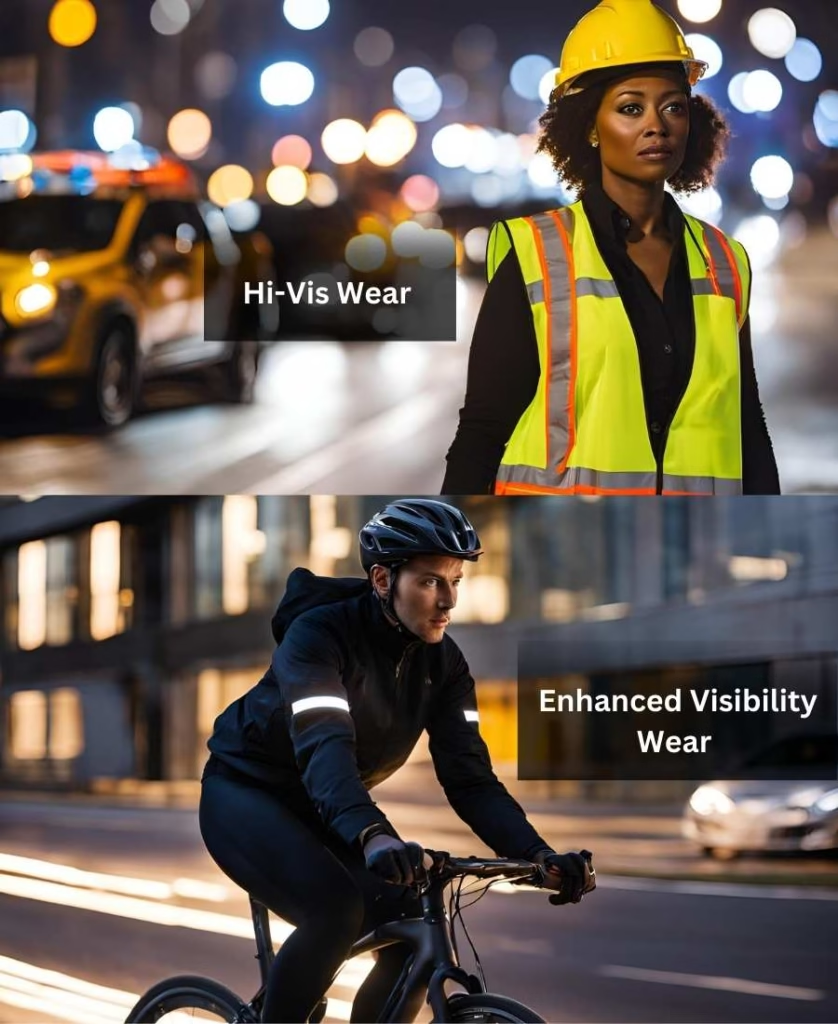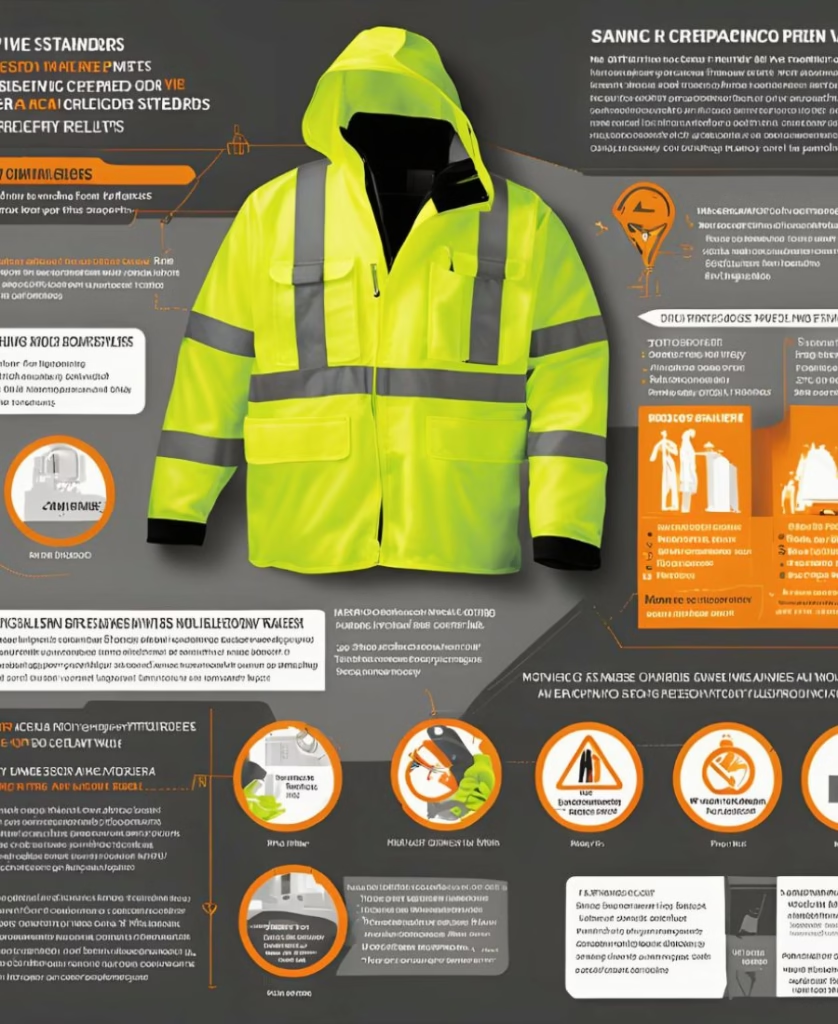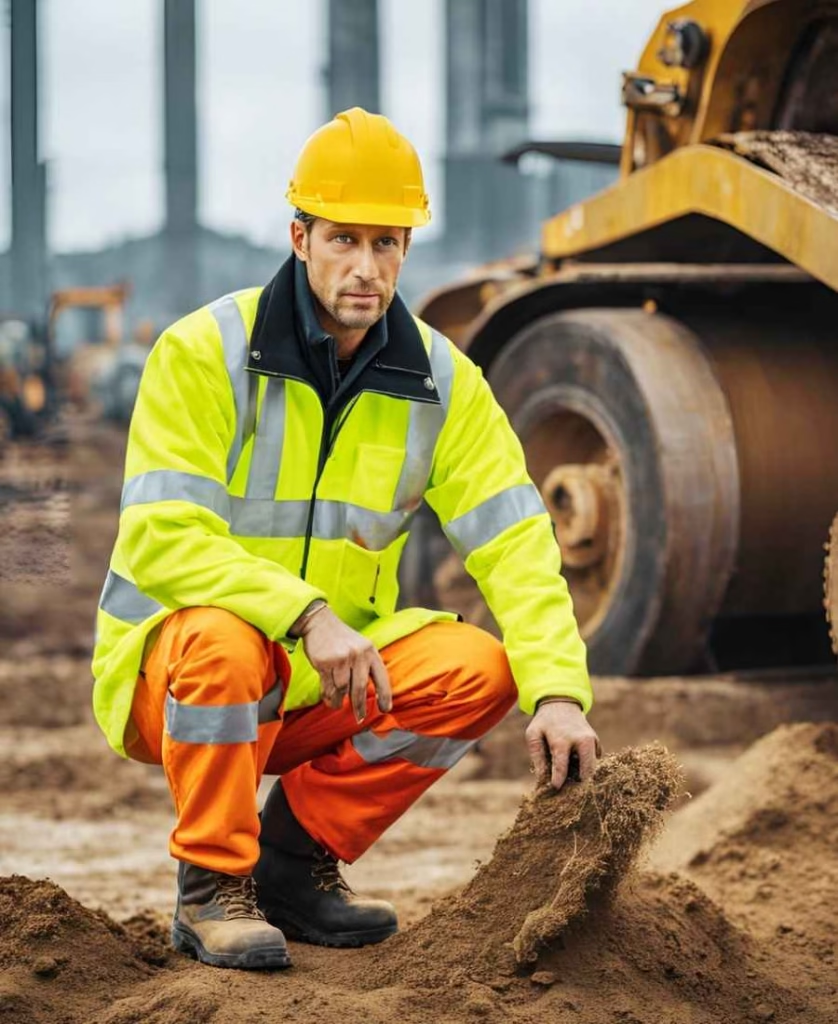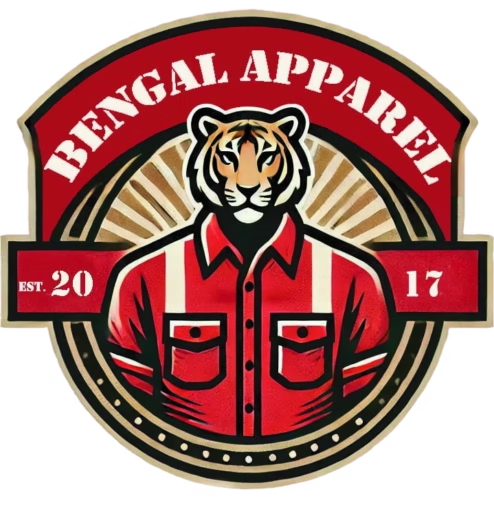In industries prioritizing safety, choosing the right visibility clothing can be critical. Two common terms often heard are hi-vis wear and enhanced visibility wear. While both serve to make individuals more visible, they differ in functionality, materials, and intended use.
This article explores the key differences between hi-vis wear and enhanced visibility wear, helping you make an informed decision based on your specific needs.
1. What is Hi-Vis Wear?
Hi-vis wear refers to high-visibility clothing designed for maximum visibility in both daylight and low-light conditions. It complies with safety standards, ensuring effectiveness in high-risk environments.
Key Features of Hi-Vis Wear
- Fluorescent Colors: Neon yellow, lime green, and bright orange are common to ensure visibility during the day.
- Retroreflective Materials: Reflective tape bounces light back toward its source, enhancing visibility at night or in low-light settings.
- Certified Design: Hi-vis wear meets strict safety standards like ANSI/ISEA 107 or ISO 20471.
Common Applications of Hi-Vis Wear
- Construction Sites: Workers near roadways or heavy machinery require hi-vis clothing.
- Emergency Services: Police, paramedics, and firefighters use hi-vis wear for high visibility in emergencies.
Transport and Logistics: Drivers, forklift operators, and airport ground crews wear hi-vis gear to ensure safety.

2. What is Enhanced Visibility Wear?
Enhanced visibility wear is designed to improve visibility but does not meet the same strict safety standards as hi-vis wear. It incorporates reflective trims and bright designs but is not intended for high-risk environments.
Key Features of Enhanced Visibility Wear
- Reflective Accents: Strips or trims placed strategically to catch light in low-visibility conditions.
- Variety of Colors: Includes darker shades like navy or black paired with reflective accents.
- Non-Certified: Enhanced visibility wear is not regulated by safety standards like ANSI/ISEA or ISO.
Common Applications of Enhanced Visibility Wear
- Low-Risk Workplaces: Ideal for parking attendants, warehouse staff, or delivery drivers.
- Recreational Activities: Cyclists, joggers, and hikers often wear enhanced visibility clothing.
- Corporate Uniforms: Adds a layer of safety while focusing on branding.

3. Hi-Vis Wear and Enhanced Visibility Wear: Key Differences

4. Compliance and Standards
Hi-Vis Wear Compliance
Hi-vis wear must adhere to safety regulations, ensuring effectiveness in critical environments. Key standards include:
- ANSI/ISEA 107-2020: Specifies the performance requirements for high-visibility safety apparel in the United States.
- ISO 20471: Internationally recognized standard for high-visibility clothing.
Enhanced Visibility Wear Compliance
Enhanced visibility wear does not meet any specific safety standard. It is best suited for environments where compliance is not mandatory.
5. Choosing Hi-Vis Wear
When to Opt for Hi-Vis Wear
- High-Risk Workplaces: Construction sites, road maintenance, or industrial environments.
- Regulatory Compliance: Industries requiring safety certifications, like transportation or public utilities.
- Severe Weather Conditions: Fog, rain, and low light demand the superior visibility provided by hi-vis wear.
Examples of Hi-Vis Wear
- A Class 2 hi-vis vest worn by road construction workers to ensure visibility near traffic.
- Hi-vis jackets with 360-degree reflective coverage for night-shift warehouse workers.
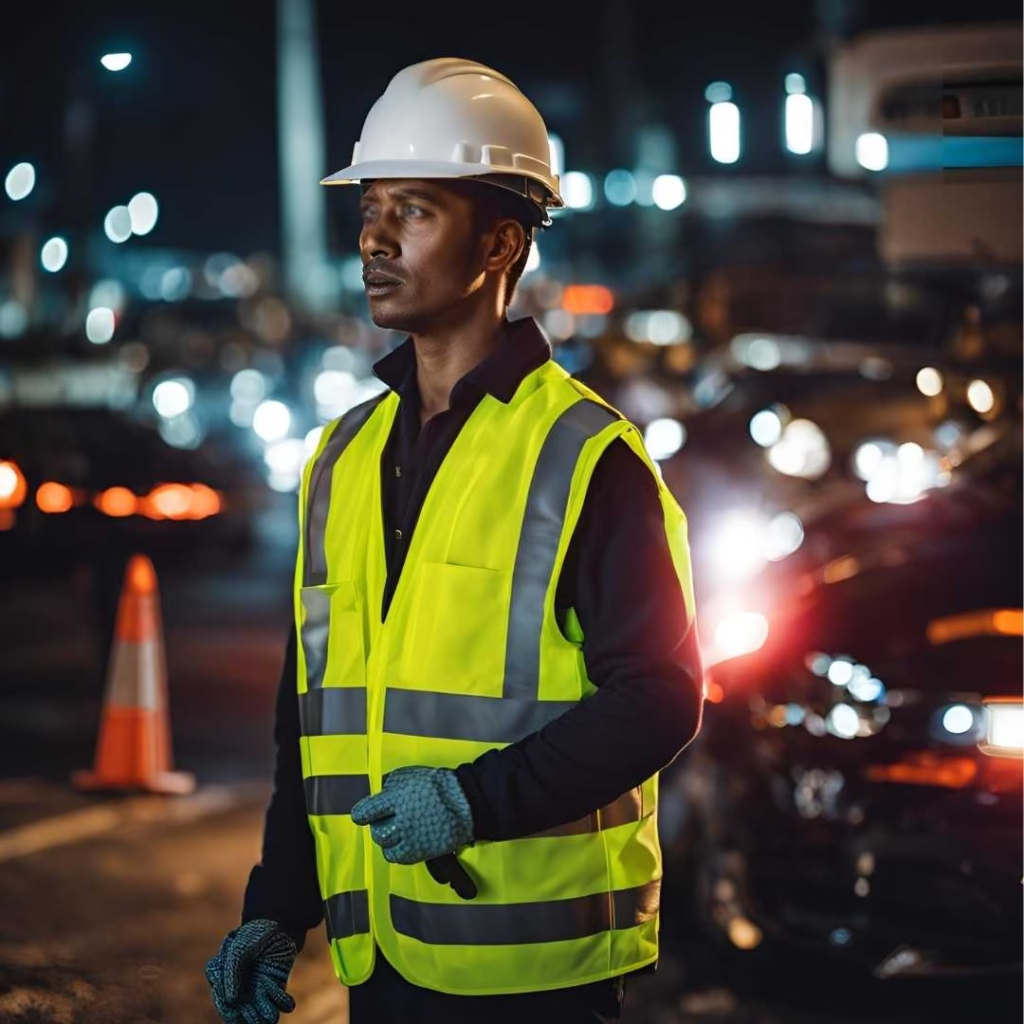
6. Choosing Enhanced Visibility Wear
When to Opt for Enhanced Visibility Wear
- Low-Risk Environments: Warehouses, delivery routes, or indoor workplaces.
- Recreational Use: Ideal for joggers, cyclists, and hikers needing visibility without the need for certification.
- Uniform Branding: Perfect for corporate uniforms where safety is secondary to appearance.
Examples of Enhanced Visibility Wear
- A jacket with reflective piping for a delivery driver working in the evening.
- Enhanced visibility shirts worn by retail staff in large stores for better identification.

7. Cost Comparison
- Hi-Vis Wear: Higher cost due to the use of certified materials and compliance with safety regulations.
- Enhanced Visibility Wear: More affordable, making it ideal for non-compliance-required industries or casual settings.
Long-Term Investment
If your workplace involves high-risk activities, hi-vis wear is a necessary investment to ensure safety and meet legal obligations. For less hazardous scenarios, enhanced visibility wear provides a budget-friendly alternative.
8. Industry-Specific Needs
Hi-Vis Wear for Safety-Critical Jobs
- Construction: Hi-vis vests and jackets for roadside and heavy equipment workers.
- Emergency Services: Hi-vis gear for police officers and firefighters in low-light conditions.
Enhanced Visibility Wear for General Use
- Retail: Reflective-trimmed uniforms for store staff.
- Recreational Activities: Enhanced visibility hoodies and jackets for outdoor enthusiasts.
9. Final Thoughts on Hi-Vis Wear and Enhanced Visibility Wear
Understanding the differences between hi-vis wear and enhanced visibility wear is crucial for selecting the right option. Hi-vis wear is indispensable in high-risk environments where compliance with safety standards is mandatory. On the other hand, enhanced visibility wear offers a stylish, cost-effective solution for low-risk scenarios.
Choosing the Right Option
- Hi-Vis Wear: Choose this if you need maximum visibility, regulatory compliance, and protection in hazardous conditions.
- Enhanced Visibility Wear: Ideal for general use, corporate branding, or recreational purposes.
Investing in the right visibility clothing can improve safety, enhance branding, and demonstrate your commitment to the well-being of your team.

